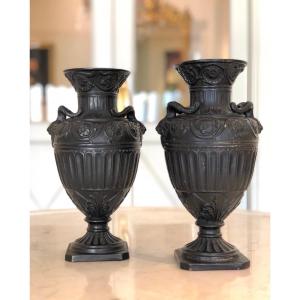The region of Bohemia, now a part of the Czech Republic, was an important state inside the former Austrian Empire and very well know for its strong porcelain and pottery tradition with many manufactures that had flourished in the 18th century and especially in the early 19th century during the neoclassical period when the bourgeoisie demanded luxury goods for their homes.
Majolica is the historical term used to describe a decorative ceramic technique that was brought across Gibraltar into Spain by the Moors. Spanish potters then began making Muslim-inspired works in this method. Italians imported this ware from the Spanish port of Majorca, calling it maiolica ware. When the French imported it from the Italian city of Faenza, they called it faience. Delft pottery also employs the same technique as Majolica (Maiolica), and is most often represented by blue brushwork on a white background. Traditionally, the Majolica process involved completely coating terra cotta clay.
During the neoclassical period, very similar tin-glazed ware was produced to imitate old Greek and Roman vases, unfortunately, these are still very rare and this makes these two vases two little gems that are very difficult to find today.





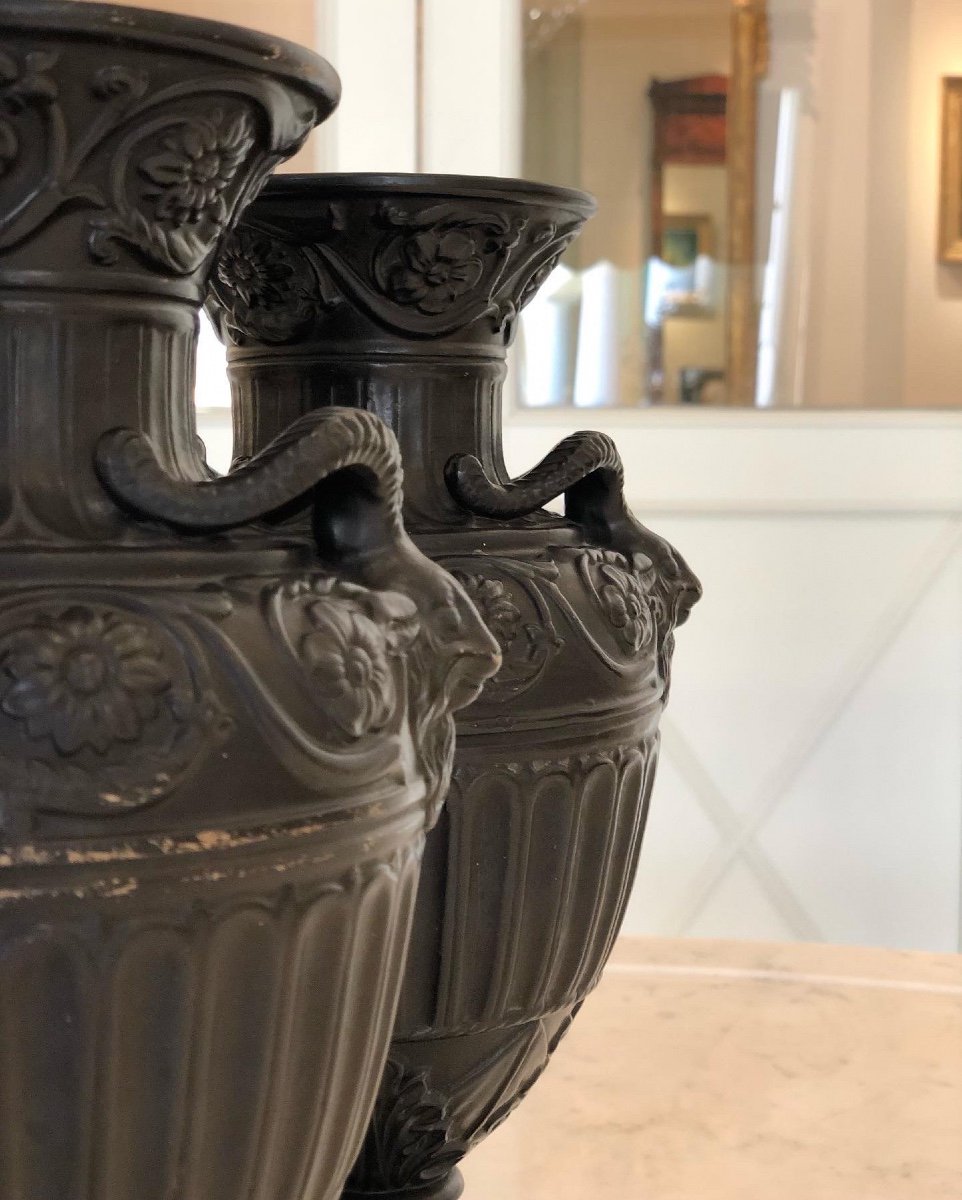
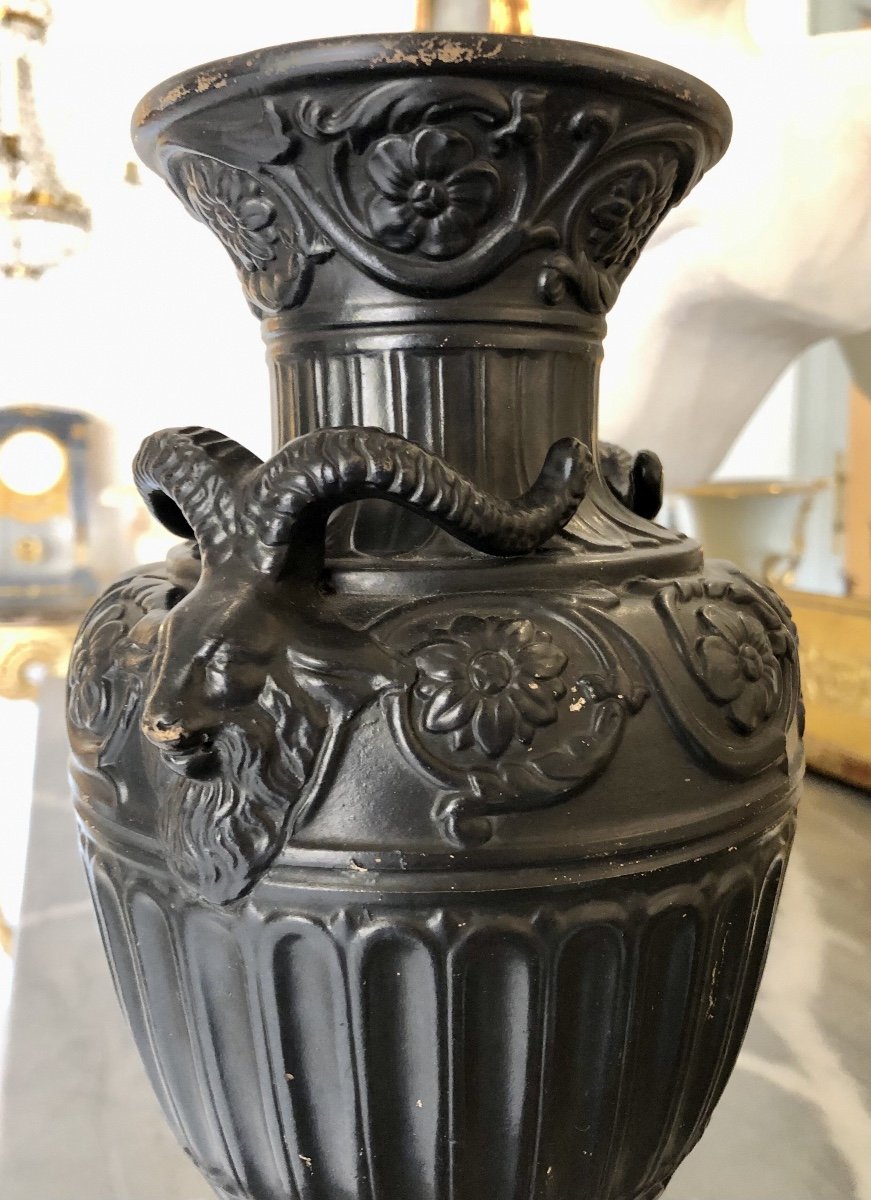
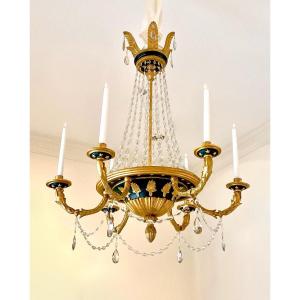

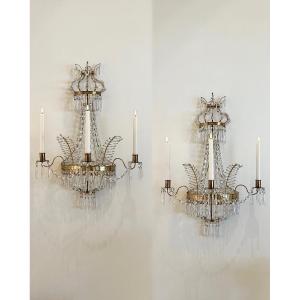

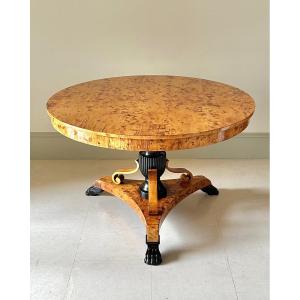


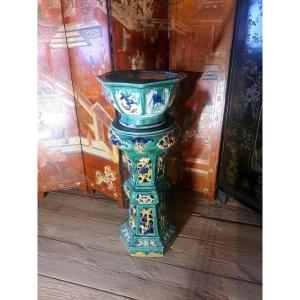
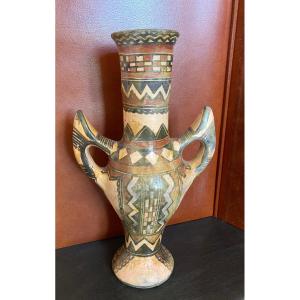
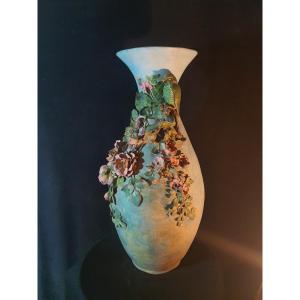
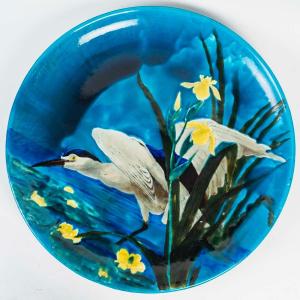




 Le Magazine de PROANTIC
Le Magazine de PROANTIC TRÉSORS Magazine
TRÉSORS Magazine Rivista Artiquariato
Rivista Artiquariato
